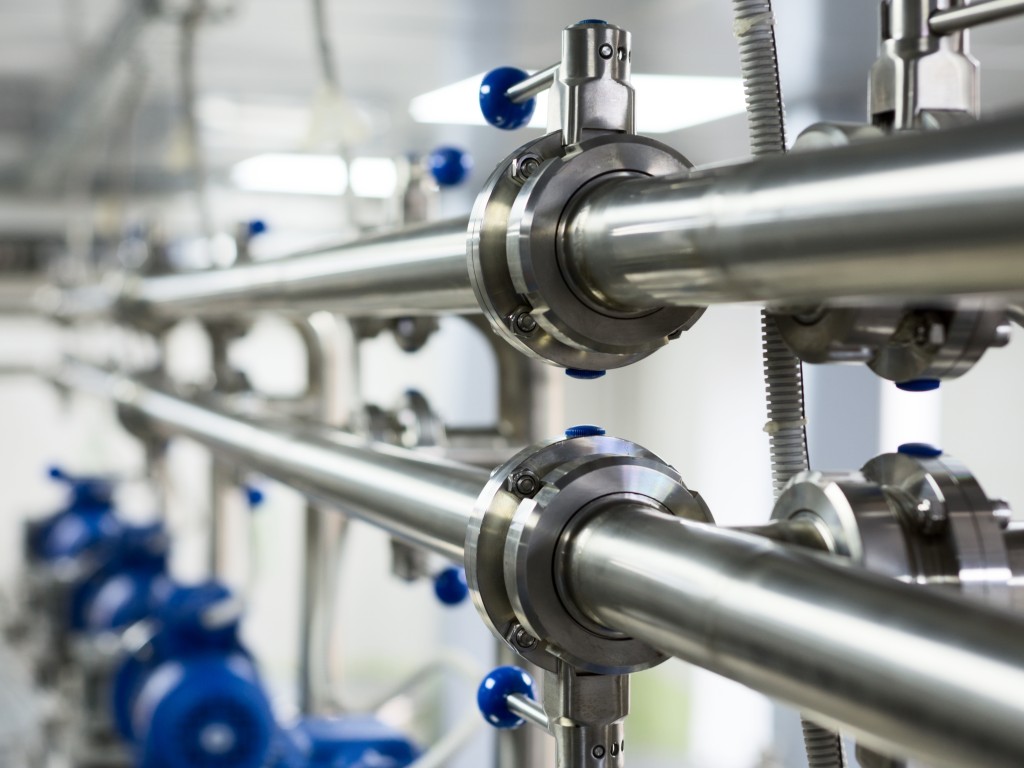
Trend 1: Sustainable Practices Increase in Importance Across the Entire Supply Chain
As the global focus on sustainability intensifies, the hygienic and sanitary production industry is no exception. Companies are increasingly adopting sustainable practices throughout their supply chains. This trend is driven by the need to reduce environmental impact, comply with regulations, and meet consumer demand for eco-friendly products. In extreme environments, where conditions are challenging, implementing sustainable practices can be particularly beneficial. For instance, using energy-efficient machinery and reducing water usage not only conserves resources but also ensures that production remains viable under harsh conditions. Moreover, the adoption of biodegradable and recyclable materials in packaging and production processes is becoming a norm, minimizing waste and promoting a circular economy.
Trend 2: Quality of Production Machines and Equipment Increases
In hygienic and sanitary production, especially in harsh environments, the quality of production machines and equipment is paramount. There is a growing emphasis on investing in high-quality, durable machinery that can withstand extreme conditions and maintain stringent hygiene standards. This trend is fueled by the necessity to ensure product safety and reduce downtime caused by equipment failure. Advanced materials and innovative designs are being utilized to enhance the robustness and longevity of production equipment. Additionally, regular maintenance and monitoring are crucial to maintaining equipment performance and preventing contamination, thus ensuring the overall quality and safety of the final product.
Trend 3: Resilience and Flexibility in Supply Chains Become Ever More Important
The COVID-19 pandemic has highlighted the importance of resilient and flexible supply chains, particularly in hygienic and sanitary production in harsh environments. Companies are now prioritizing the development of supply chains that can adapt to disruptions and continue operating efficiently under adverse conditions. This involves diversifying suppliers, increasing inventory levels of critical components, and implementing robust contingency plans. Furthermore, leveraging technology to gain real-time visibility into supply chain operations enables quicker responses to unforeseen challenges. Building resilience and flexibility into supply chains not only mitigates risks but also enhances the ability to meet customer demands promptly and reliably.
Trend 4: Regulations Will Become More Stringent
Regulatory bodies are continually tightening standards to ensure the safety and quality of products in hygienic and sanitary production, particularly in extreme environments. As new health risks emerge and consumer awareness grows, the demand for stringent regulations increases. Companies must stay abreast of evolving regulations and ensure compliance to avoid penalties and protect their reputations. This includes adhering to guidelines for equipment design, sanitation processes, and product testing. Additionally, obtaining relevant certifications, such as ISO and HACCP, demonstrates a commitment to maintaining high standards and can provide a competitive edge in the market. The trend towards more stringent regulations underscores the importance of meticulous attention to detail and proactive management in hygienic production environments.
Trend 5: Digitalization Enters All Levels of Hygienic Manufacturing
Digitalization is transforming the landscape of hygienic manufacturing and sanitary production, particularly in harsh environments. The integration of digital technologies, such as the Internet of Things (IoT), artificial intelligence (AI), and big data analytics, is enhancing operational efficiency and product quality. For instance, IoT devices can monitor equipment performance in real-time, predict maintenance needs, and prevent breakdowns. AI algorithms can optimize production processes, reducing waste and improving yield. Moreover, digital twins – virtual replicas of physical assets – enable simulations and predictive analyses, further enhancing decision-making and operational resilience. Embracing digitalization not only streamlines production but also provides valuable insights that drive continuous improvement and innovation in hygienic manufacturing.
Certified standard components | NHK Machinery Parts
In conclusion, the trends of increasing sustainability, improving equipment quality, enhancing supply chain resilience, tightening regulations, and embracing digitalization are shaping the future of hygienic and sanitary production in extreme environments. Companies that proactively adapt to these trends will be well-positioned to thrive in an increasingly competitive and challenging landscape.
